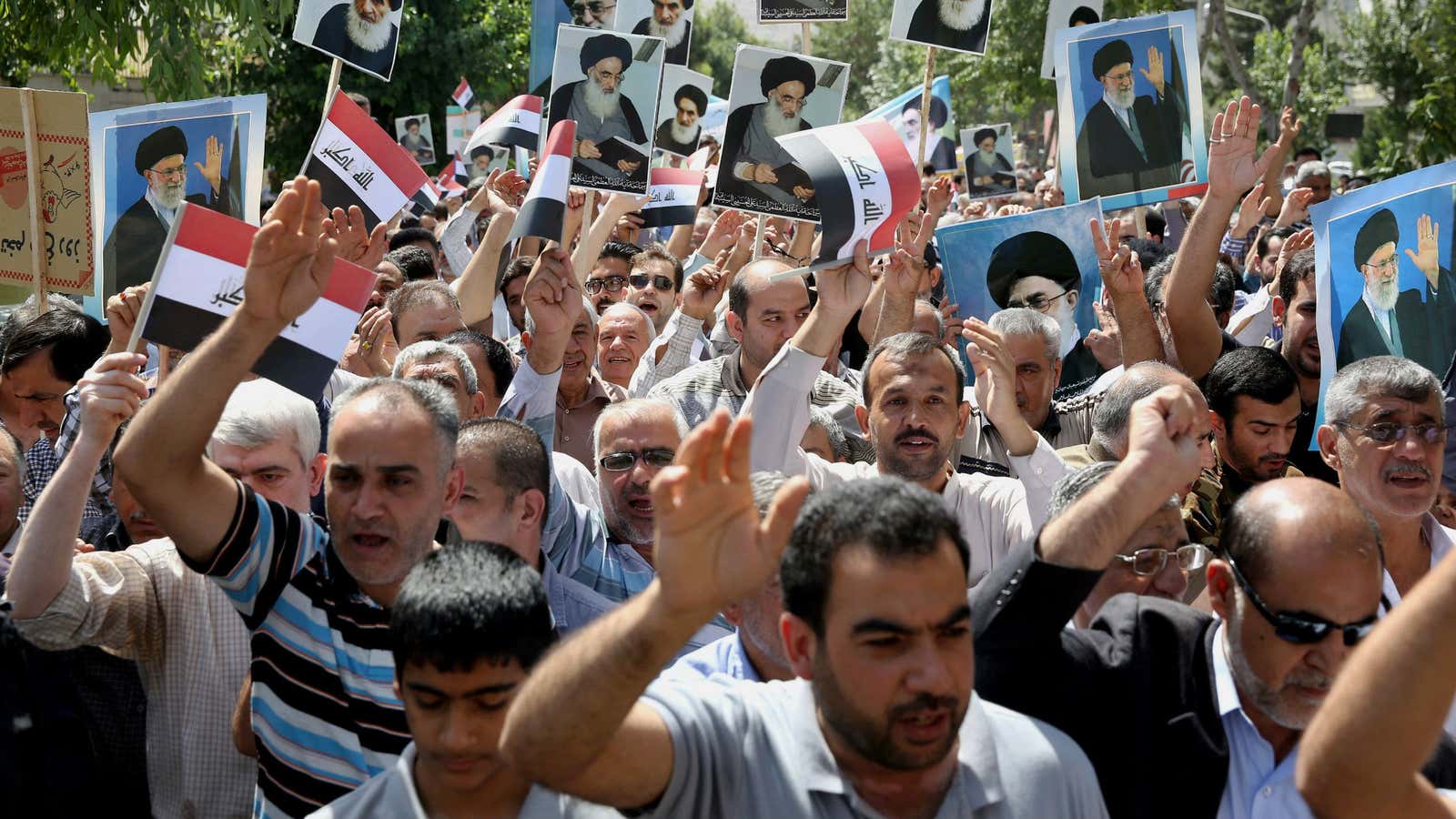In the aftermath of the terrorist attacks of 9/11, American right-wing blowhards and Islamophobes used an insidious question to tar all Muslims with the same brush: “If Islam has a moderate majority, how come we never hear them condemning the terrorists who acted in the name of their religion?”
Those who asked that question pointed to TV news coverage of grotesque celebrations in the streets of Muslim-majority nations and newspaper accounts of radical figures praising Osama bin Laden. These images and stories, they suggested, represented how all Muslims felt about the killing of 3,000 in America.
At the same time, Muslims everywhere pointed to those images and stories as proof that the West (and more specifically, the Western media) was interested only in listening to the fanatical fringe of their faith. Why, they asked, was there not the same attention given to the millions of voices that sympathized with the US, condemned al-Qaeda and cursed bin Laden?
By the time of the Arab Spring, a decade after 9/11, the emergence of social media had empowered Muslims to express themselves to astonishing effect. Twitter and Facebook acted as catalysts and organizing tools for the massive demonstrations that toppled governments in Tunisia and Egypt. Extremists and radicals—and some of the more sophisticated terrorists—have used social-media platforms as well, but Twitter and Facebook are getting better at weeding them out.
More recently, social media have served as a platform from which Muslims can reject the nihilistic worldview of Islamist fundamentalists and terrorist groups. The rise of the death cult known as ISIL has been greeted with a chorus of condemnation, growing louder with the group’s recent atrocities in Iraq.
If there is any silver lining to be found in the hideous murder this week of photojournalist James Foley, it is that the revulsion felt by Muslims everywhere, and their rejection of everything his killers represent, is now plain to see.
The manner of Foley’s murder is horribly familiar. The beheading of Daniel Pearl, a reporter for the Wall Street Journal, in Pakistan in 2002 was videotaped for global consumption, as was that of the businessman Nicholas Berg in Iraq in 2004.
Both those atrocities preceded the social-media era, so Foley’s death may have an even stronger impact. If ISIL and its supporters are using modern communications to get the word out faster and to more people, those same tools have greatly magnified the backlash against the terrorists. In the Twitterverse, condemnation of ISIL has been swift and near-universal, with some of the strongest denouncements coming from Muslims.
There have, to be sure, been a few ghouls and trolls who celebrated the beheading: ISIL has a sophisticated social media operation of its own. There has also been some cavil that ISIL’s documentation of its many grotesque massacres of Muslims haven’t got nearly as much attention as one American’s death.
Equally, we’re never going to be entirely rid of people who lump all Muslims into the same category as the sadists of ISIL, and suggest the best way to treat them all is “a bullet in the head.” One of the problems of social media tools is that they allow people to build echo chambers, made up of others who share their worldview. If your Twitter feed is full of Islamophobes, you may not see the Muslims who vehemently reject ISIL.
But there is now an easy answer to the Islamophobes’ insidious question. Where are the moderate Muslims who condemn terrorism? They’re right here, on the internet.
